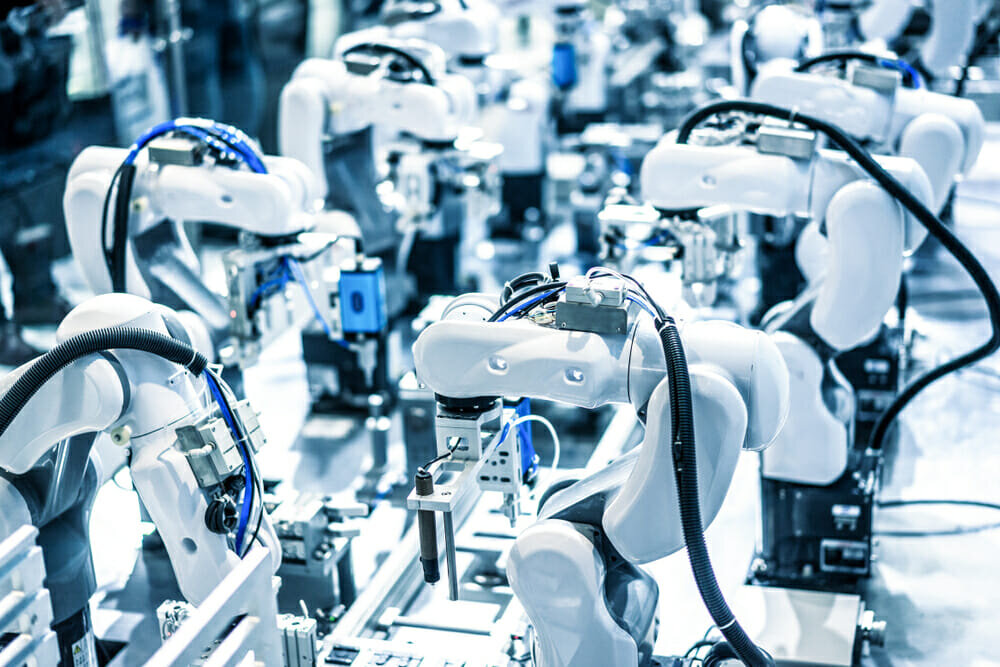At the outset of 2020, none would have predicted the course that the year would take due to COVID-19. The global pandemic, and the response to it, upended many manufacturing businesses and fundamentally shifted what plant operations look like. Here, Stephen Hayes, managing director of automation technology specialist Beckhoff UK, looks at how the events of 2020 reshaped the coming years for manufacturing.
The manufacturing industry has been on a course for enhanced connectivity for many years, but there have often been roadblocks to adoption for many businesses. Amid the new challenges presented in 2020 by COVID-19, one positive long-term change for industry has been that these barriers to connectivity have been forcefully overcome. Adoption of Industry 4.0 has been accelerated for many manufacturers in order to remain agile, adaptable and even operational during the pandemic, which sets each business in good stead for the years ahead.
The adoption of connected digital technology looks different for each business. For example, electronics manufacturers may increase investment in machine vision (MV) systems to improve quality assurance of products, or in new material handling systems that can streamline certain other processes — including MV quality assurance — while meeting stricter washdown requirements than the industry previously held.
However, the increased move towards digitalisation and automation does mean one thing for all manufacturers: there will be a greater focus on communication efficiency and ease of use.
One of the issues that early industrial adopters of Industry 4.0 technologies have encountered is that newer systems can present new technical challenges that require highly specialised staff. Similarly, connecting systems and machines together requires reliable and fast communication between these devices and control systems, which drives a need for an efficient fieldbus.
With 2020 being a turning point in industry’s adoption of automation, more manufacturers are going to encounter these types of challenges. This will drive a move towards automation providers consolidating more functionality into traditional control systems, to reduce the need for specialist skills and to improve network response times.
For example, Beckhoff has already made progress towards this by extending the functionality of TwinCAT 3. The EtherCAT-based control software brings a range of functions, including MV configuration and programming, into a familiar control environment so engineers can easily integrate those technologies into their workflow. As new technologies become commonplace, Beckhoff will continue to expand the functionality available in the TwinCAT platform.
2020 may have brought many unforeseen challenges to the manufacturing sector, but as the industry gets back on track, the heightened levels of automation will support improved productivity and flexibility. As more automation providers move to open platforms and make new technology more accessible to manufacturers, we can expect to see a tangible revolution in industry in the years ahead.








